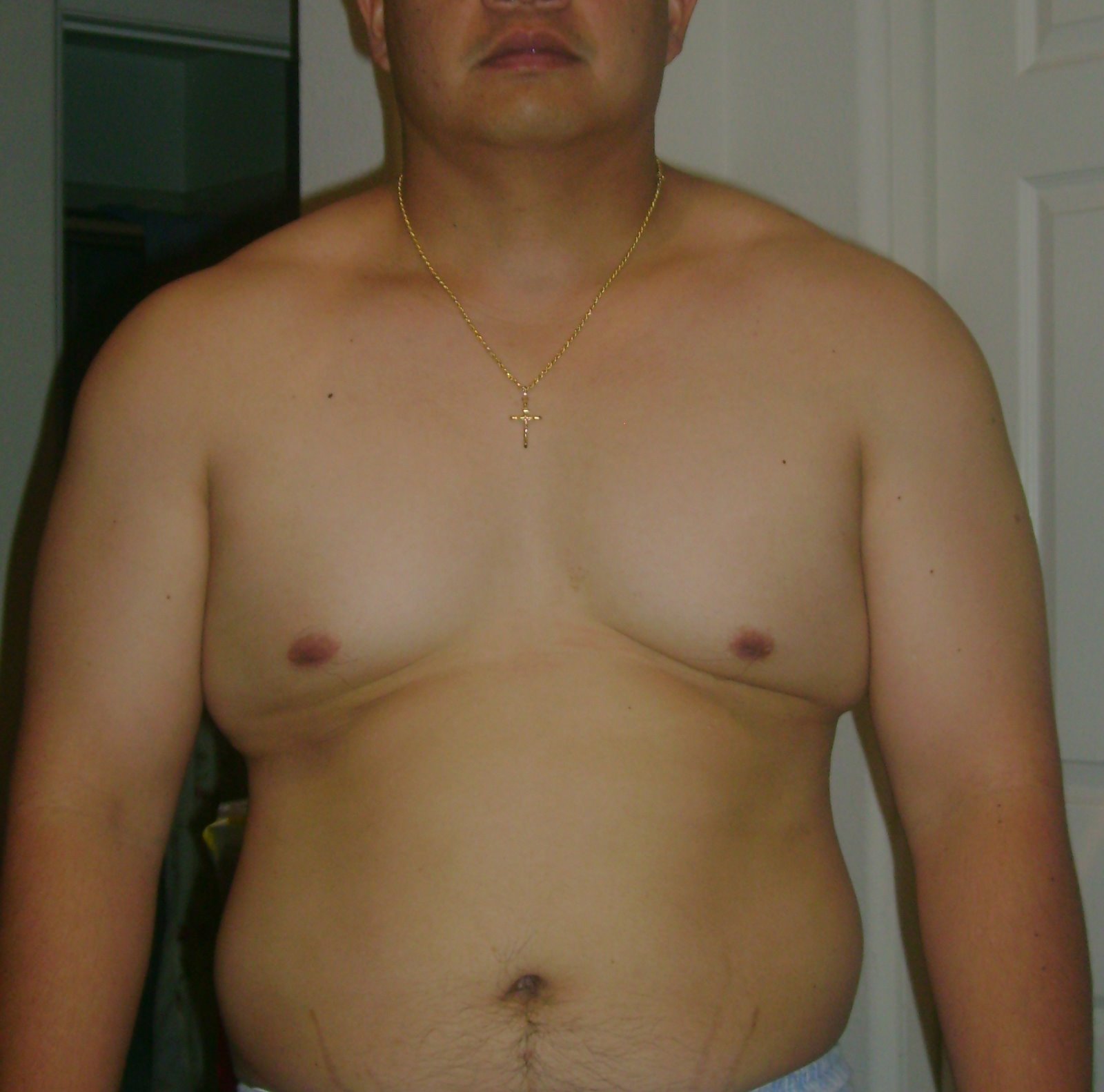Excess post-exercise oxygen consumption
From Wikipedia, the free encyclopedia
Jump to: navigation, search
Excess post-exercise oxygen consumption (EPOC) is a measurably increased rate of oxygen intake following strenuous activity. The extra oxygen is used in the processes that restore the body to a resting state and adapt it to the exercise just performed. These include: hormone balancing, replenishment of fuel stores, cellular repair, innervation, and anabolism.
EPOC is accompanied by an elevated consumption of fuel, some studies found that included fat, but others did not find a similar effect. None of the studies set up to investigate the effect used very large sample sizes, possibly due to the cost of conducting the experiments.
[edit] Duration of the effect
The EPOC effect is greatest soon after the exercise is completed and decays to a lesser level over time. One Experiment found EPOC increasing metabolic rate to an excess level that decays to 13% 3 hours after exercise, and 4% after 16 hours. Another study, specifically designed to test if the effect existed for more than 16 hours, conducted tests for 48 hours after the conclusion of the exercise and found measurable effect existed up to the 38 hour post-exercise measurement. (Schuenke 2002)[1]
[edit] Size of the EPOC effect
Studies show that the EPOC effect exists after both anaerobic exercise and aerobic exercise, but all studies comparing the two show that anaerobic exercise increases EPOC more than aerobic exercise does. For exercise regimens of comparable duration and intensity, aerobic exercise burns more calories during the exercise itself [1], but the difference is partly offset by the higher increase in caloric expenditure that occurs during the EPOC phase after anaerobic exercise. Anaerobic exercise in the form of high-intensity interval training was also found in one study to result in greater loss of subcutaneous fat, even though the subjects expended fewer than half as many calories during exercise.[2] Whether this result was caused by the EPOC effect has not been established, and the caloric content of the participants' diet was not controlled during this particular study period.
In their 2004 survey of the relevant literature, Meirelles and Gomes found: "In summary, EPOC resulting from a single resistance exercise session does not represent a great impact on energy balance; however, its cumulative effect may be relevant.".[2] This is echoed by Reynolds and Kravitz in their survey of the literature where they remarked: "However, it should be emphasized that the overall weight-control benefits of EPOC, for men and women, from participation in resistance exercise occur over a significant time period, since kilocalories are expended at a low rate in the individual postexercise sessions."[3]
What is clear is that the EPOC effect is greater the greater the intensity of the exercise and the greater the time spent during the exercise phase. Most studies found a linear relationship with time of exercise and the effect. One found a curvilinear relationship between the intensity and the EPOC effect, though others found a linear relationship.
Subscribe to:
Post Comments (Atom)







.jpg)
.jpg)



No comments:
Post a Comment